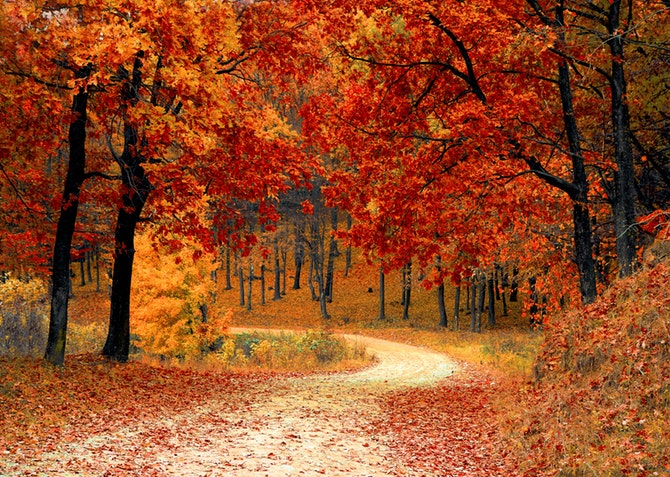 |
| ‘The Masque of the Four Seasons’, Walter Crane |
Autumn:
 |
| Taken from ReikiInfiiteHealer.com |
Winter:
 |
| From ABCnews.com |
"There was a hint of spring in her sloe green eyes, something summery in her complexion, and a rich autumn ripeness in her walk." (Morrison, 62)
Her winter coldness came when she, after pretending to befriend all three girls, declared that they were "black and ugly" and she was "cute"(73). This coldness shocked the poor girls and basically led them to settle into the idea that truly, they were worthless.
The winter coldness of The Bluest Eye is so heartbreaking, but what is even worse is that this is not even the most traumatic section of the book. In spring, the girls continue to face hardship. Spring is supposed to represent birth and new life. Spring is when the flowers grow. What seemed to grow instead was self-hatred, self-awareness that they would always be seen as inferior.
Spring:
/cdn.vox-cdn.com/uploads/chorus_image/image/59083075/GettyImages_870527424.0.jpg) |
| Getty Images |
Summer:
 |
| Art by Aaron Reed |
"...we had failed her. Our flowers never grew...I had planted them too deeply...so we avoided Pecola Breedlove---forever." (Morrison, 205).
She does not find a new life or love. Instead, she loses the baby as it is born prematurely, has a mental breakdown, and envisions herself with the blue eyes she has wanted for so long.
The powerful archetypes of the seasons in this novel really showed me how racism and hatred are taught. They are a cyclical system, like the seasons that come and go every year, and it is only by planting new seeds of love and acceptance, and nurturing those seeds, that any change can come.

